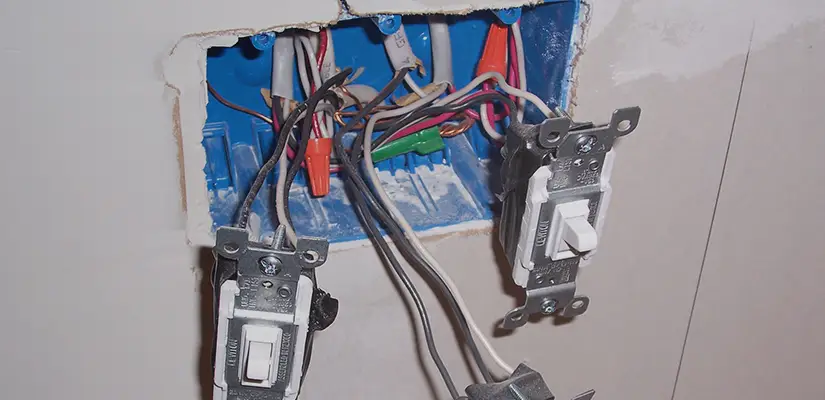
Mr. Electric highlights common electrical code violations and how to address them for home safety.
|
Whether the problem is an outdated electrical system or one tampered with by an inexperienced DIYer, electrical code violations put your home and family at risk. Discover some code violations that often occur and have your home inspected by a reputable electrician to make sure none of them are endangering your home.
Knob and Tube Wiring
Violation
Between the late 1800s and early 1900s, knob and tube wiring was considered state-of-the-art electrical technology. Today knob and tube wiring is considered very dangerous because the wires aren't grounded, the circuits support lower amperage than is needed today, and the wires feature insulation that disintegrates over time. Because of these issues, most insurance companies refuse to insure buildings with knob and tube wiring.
Correction
If your home was built before 1950 and the wiring hasn't been updated, hire an electrician to inspect your home. If evidence of knob and tube wiring is present, you should have the entire house rewired. This can amount to a costly task, but what price do you put on the safety of your home and family?
New Lights Installed onto Old Wiring
Violation
A common wiring mistake, new light fixtures can overload old wiring because they run at a hotter temperature. Today, lights are manufactured with wires meant to withstand 90 degrees C, while old wires are rated for just 60 degrees C.
Correction
If your home has wiring from before 1987, install a splice box and at least three feet of new wiring to connect a new light fixture to old wiring. This prevents you from having to rewire the entire circuit. If you're unsure how old your wiring is, look for a date stamped on the insulation jacket. Wires manufactured after 1987 have a date; those made before 1987 have no date.
Overcrowding Wires
Violation
During the rough-wiring stage, you may be tempted to cram four or five wires through a 7/8-inch hole. This overcrowding leads to “burning,” or damage caused to a wire when its insulation is torn off by another wire dragging across it. Burned wires can go unnoticed, leaving exposed conductors behind your wall and increasing the risk of fire.
Correction
No more than three wires should run through the same 7/8-inch hole, leaving enough room for wires to shift without burning. Hire an electrician to cut away the damaged wire, install a junction box, and replace the wire between here and the fixture or outlet.
Non-IC-Rated Recessed Lights Touching Insulation
Violation
Recessed lights that come in direct contact with attic insulation must be IC-rated. Otherwise, you must keep three inches of space between the light and the insulation. When non-IC-rated lights touch insulation, they can overheat and stop working. Over time, thermal protectors may fail and allow the light to stay on despite extreme heat, potentially lighting the insulation on fire.
Correction
Check your attic for insulation coming in contact with recessed lights there. Cut back insulation from non-IC-rated lights or replace them with IC-rated versions.
Illegal Splices
Violation
A splice is a connection between two or more wires and is one of the worst code violations. The splice is illegal and dangerous if not contained inside a junction box. The only times splices like this can legally occur are for temporary lighting and circuit troubleshooting.
Correction
If the splice is imperative, hire an electrician to mount a junction box, run the wires into the box, make the splice using wire nuts and install a cover plate over the box.
These are just a few of the most common electrical code violations found today. For help correcting code violations in your home so you can improve your family's safety, please contact Mr. Electric® today.
Need a home service expert? Visit GetNeighborly.com. For example, Mr. Rooter, one of our fellow Neighborly home service brands, can give you best advice on update or upgrading old plumbing pipes.
This blog is made available by Mr. Electric for educational purposes only to give the reader general information and a general understanding on the specific subject above. The blog should not be used as a substitute for a licensed electrical professional in your state or region. Check with city and state laws before performing any household project.

